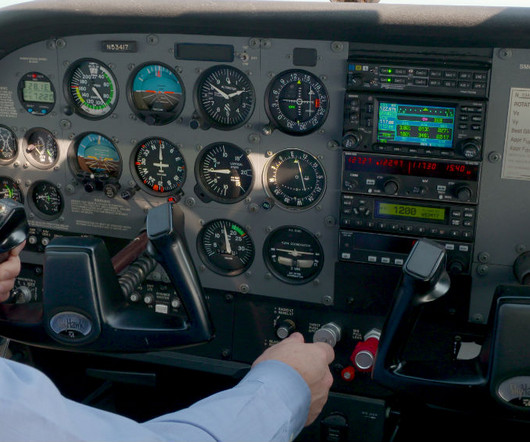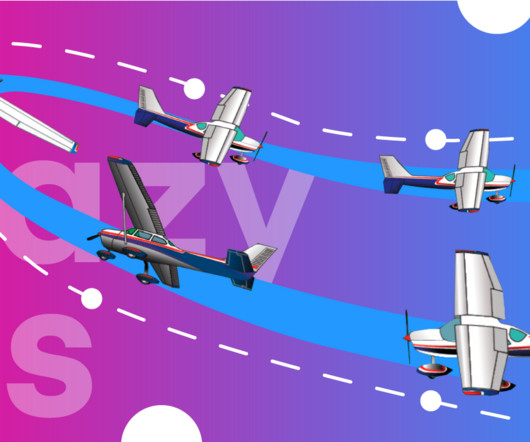Basic attitude instrument flying – the foundation for IFR flight
Flight Training Central
FEBRUARY 22, 2024
Just as an excessive climb or descent will cause you to overshoot altitude, an excessive rate of turn results in overshooting the target heading. For heading corrections of five degrees or less, keep the wings level and use rudder pressure to change the heading. If airspeed is too high or low, the pitch attitude must be changed.













Let's personalize your content